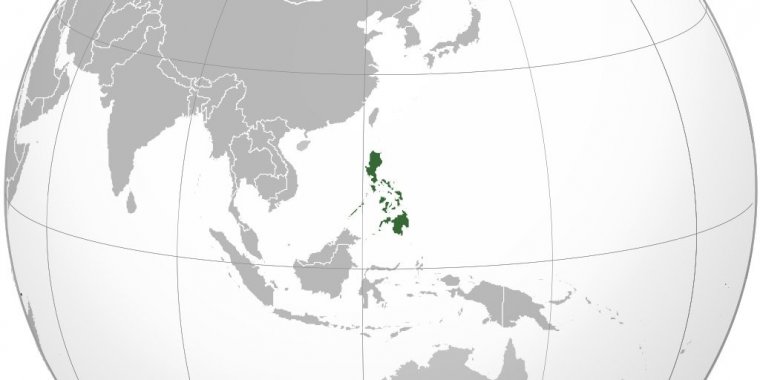| News / Science News |
Aftershocks increase death toll of magnitude 6.3 earthquake in southern Philippines
On Saturday, aftershocks of a powerful earthquake with reported magnitude 6.3 that struck southern Philippines on Wednesday night have increased the death toll of the extended event from five people to six due to a massive landslide following a 5.0 magnitude aftershock on Saturday.
On Wednesday, the strong tremor left five dead and, by early reports, at least 30 injured. The National Disaster Risk Reduction and Management Council (NDRRMC) of the Philippines increased the previous death toll to six following the landslide caused by the 5.0 earthquake. Meanwhile, the total reported casualties increased to 167 from a previous 93 injured people.
On Saturday, reports said Wednesday's quake affected the Bangsamoro Autonomous Region in Muslim Mindanao, Region 11 and Region 12. Over 2,000 residents near Mount Apo in Kidapawan City have been relocated to other villages in the city since Wednesday. 76 villages were affected according to NDRRMC report on Saturday, which figured 21 injured individuals in Davao del Sur, 36 in North
Cotabato, 29 in South Cotabato and seven in General Santos City. Numbers of affected residents fear to return home due to the series of aftershocks.
In a situational report of NDRRMC, Wednesday's tremor damaged 143 buildings including 70 schools, 40 houses, seven health facilities, two worshiping areas, and ten commercial buildings. Rappler reported three malls in Davao City and Gaisano Mall in Digos City were damaged following aftershocks.
The Philippine Institute of Volcanology and Seismology (Phivolcs) reported the first quake occurred at 7:37 p.m. local time (1137 UTC) on Wednesday. Magnitude 6.3 according to Phivolcs, it was recorded as magnitude 6.4 by the US Geological Survey.
It was followed by another earthquake an hour later; the second quake had a magnitude of 4.0 and was recorded in Sultan Kudarat. A 5.3-magnitude quake was recorded at 4:53 a.m Thursday morning (2053 Wednesday night, UTC) in Manay, Davao Oriental.
According to Manila Bulletin, Wednesday's earthquake, at 6.3, was the strongest recorded impacting Kidapawan City. Phivolcs recorded 611 aftershocks as of Saturday 8:00 p.m. (1200 UTC).
Reportedly, at least two towns — including Makilala in the province of North Cotabato — declared a state of calamity following Wednesday's quake. (Wikinews)
YOU MAY ALSO LIKE






